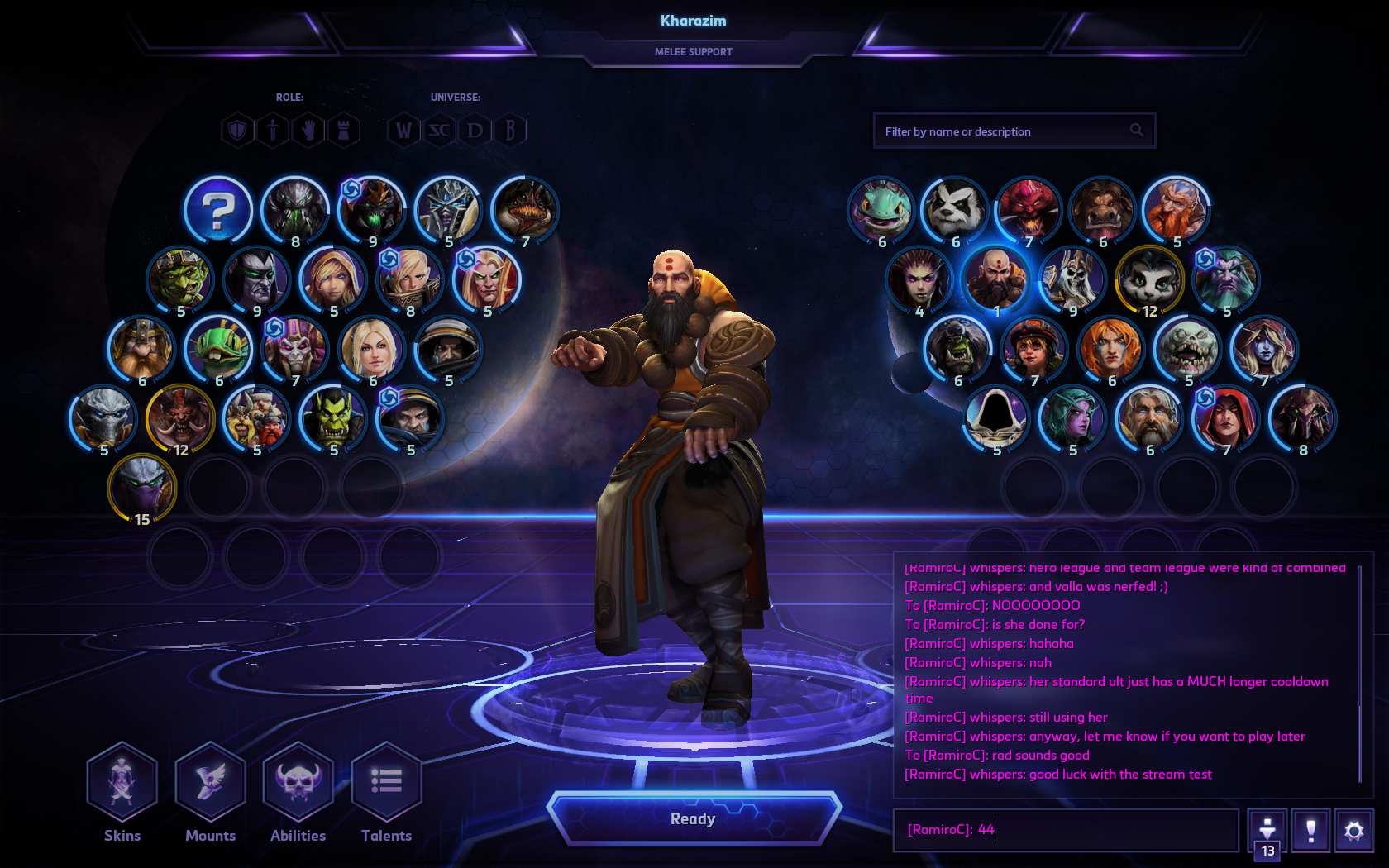

For instance, 1 AP represents one hundred pounds, five seconds, twelve feet, etc. On its own, an exponential system sounds like it would require a lot of math, so the MEGS system uses Advancement Points (AP) to represent differences in various power levels on a scale from -100 to 100 AP.Įach AP represents a certain amount of distance, time, or power and that amount doubles with each level of AP. MEGS represents absolutely everything in the game from how strong or fast a character is to weight to distance to speed and so on using an exponential system. Their approach was mathematically sound, yet it was abstracted out so that it would be easy for players who didn’t want to bring a calculator to the game table. Mayfair Games designed MEGS specifically to deal with this type of problem. Blood of Heroes MEGS The Blood of Heroes RPG This is the problem of scale and it is inherent to any superhero role playing game. Most noteworthy about the game is its licensing of the MEGS system which elegantly handles the vast differences in power between your average person, Batman, and Superman all in the same system. At one time Pulsar Games was trying to bring the game back, but legal difficulties with DC Comics slowed progress on those efforts.ĭespite the fact a reprint does not appear to be coming soon, Blood of Heroes is still an interesting game. Blood of Heroes uses that system with minimal changes, but layers on its own expansive set of pre-generated characters (one hundred come with the book) and its own world to give it its own flavor separate from DC Heroes. Blood of Heroes uses the Mayfair Exponential Game System (MEGS), which Mayfair designed specifically for its own DC Heroes superhero role playing game. Pulsar Games and the Mayfair Exponential Game Systemīlood of Heroes is a superhero role playing game written by Tony Oliveira and Ray Hedman and published by Pulsar Games, Inc.


 0 kommentar(er)
0 kommentar(er)
